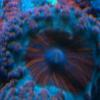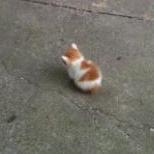-
Topics
-
Latest Update
-
-
0
Wtb tangs
Looking either for clown tang, sohal, convict or orange shoulder. PM if selling. Thanks -
1
-
0
Wts Apex EL
Letting go Apex EL 632 with energy bar, PH and Temp Probe $300 reduced to clear. Pm if keen. -
-







Recommended Posts
Join the conversation
You can post now and register later. If you have an account, sign in now to post with your account.